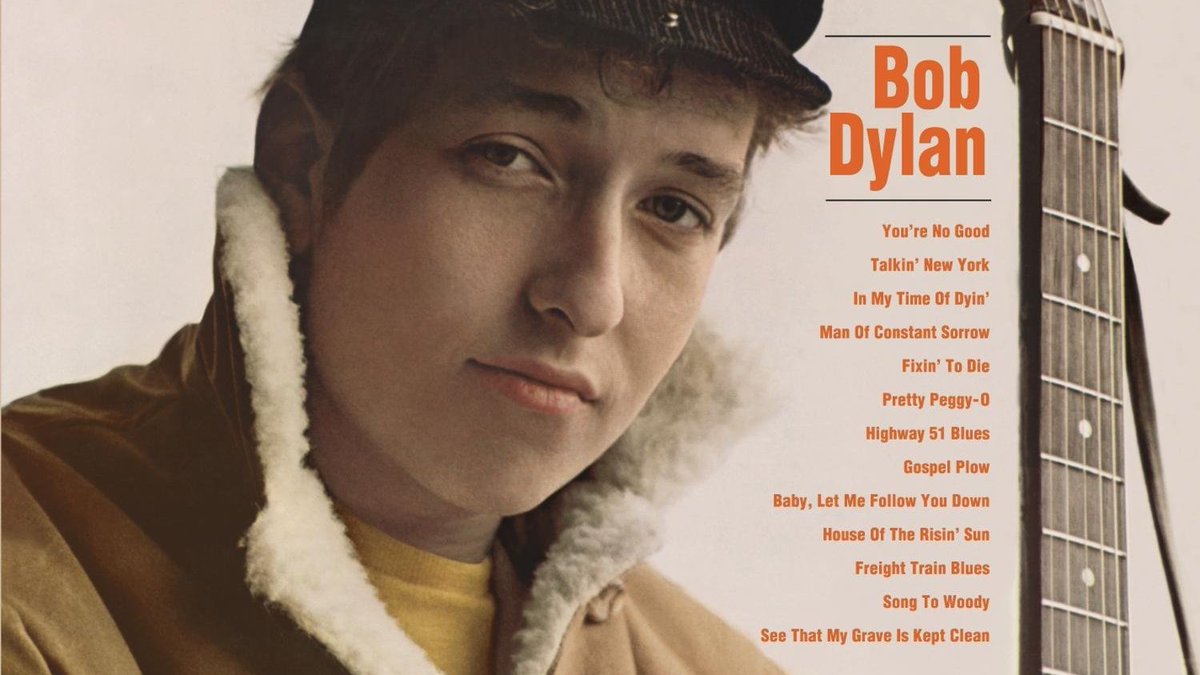
A thread of things Seoul has that give me serious reservations about ever living in any other city, to which I will periodically add:
1. The card I pay for transit with is just my regular debit card (so no need to “fill it up”) and it works in every city in the entire country
2. Every subway station has bathrooms, without exception, and not the kind you would only use under great duress
3. Almost every subway station has coin lockers (just a name, since I pay with the aforementioned debt card), so you seldom have to worry about dragging bags, etc. around all day
4. You save your table at a coffee shop by putting your most expensive personal item down on it. You don’t ask a nearby random to guard your stuff if you have to go to the bathroom
5. A Starbucks can move into a neighborhood — or more than one Starbucks — without “driving out” the smaller chains and indies, which just seem to multiply as a result
6. Literally everything I would ever need in life, up to and including higher education and hospitals, lies within a ten minute walk of home. (This is in no way an exaggeration)
7. The crowd on the bus is the same as the crowd at the Starbucks — or anywhere else, for that matter. There’s no feeling of stepping “down a class” (or three)
8. If I just miss a bus and the next one won’t be there for five whole minutes, I feel grievously inconvenienced
9. But I know the next bus will be there in five minutes because the screen at the stop tells me so, and somehow isn’t lying
10. Nobody has scratched up the bus windows. (But why do they do it in America?)
11. No tipping. (Admittedly, this is just a complaint about America)
12. You don’t have to press a button to beg to cross the street
13. When you come across a pile of garbage on the street, the garbage is actually in bags
14. Nobody smashes coffee-shop windows because gentrification la.eater.com/2018/9/4/17819…
15. Multi-story movie theaters that operate 24 hours, or nearly so, all of which not just slow but require the reservation of specific seats
16. Pojangmacha m.koreaherald.com/view.php?ud=20…
17. Shoeshine stands are so numerous that I don’t even have to plan which one to go to
18. The area around Seoul Station, widely considered one of the worst parts of town because of its number of homeless presence, has fewer homeless than I encounter on a walk through any American city
19. (And none of them ask for money)
20. “Mixed-use” doesn’t really mean anything, because most buildings are. (And commercial activity usually extends above the first floor)
21. I’ve been here more than three years and never had to walk across a parking lot
22. My apartment costs less than $500 per month
23. I'd be remiss if I didn't add something about how you can get absolutely everything delivered, which a lot of people enjoy to the point of addiction, but I haven't had reason to try it for myself yet
https://twitter.com/colinmarshall/status/1110841043690246145
24. I've been 고민ing about whether to mention how people dress. Sometimes the ambient style level here seems on the low side, but then I remember what people wear in America. And it's not like you're going to see any cargo shorts (other than on stray Westerners, of course)
25. People lobby FOR subway stations to be built next to their homes (unlike in some U.S. cities I could name)
26. Outdoor drinking. (When I explained to my Korean teacher why Bourbon Street is so famous, he didn't understand what the big deal was)
27. The occasional coffee shop brazen enough not to provide wi-fi or outlets gets with the program or shuts down right quick
https://twitter.com/colinmarshall/status/1110840300950286336
28. Even a modestly sized subway station has eight different exits. (This will only impress you if you’ve lived in America) 

29. Okay, how nice the people are — but I post this knowing full well that I'll get a fair bit of disagreement, mostly from Korean Seoulites themselves
https://twitter.com/TempSA6/status/1111212518964412416
30. It tore down one freeway overpass and turned it into a stream: theguardian.com/cities/2016/ma…
31. It closed another freeway and turned it into a park: theculturetrip.com/asia/south-kor…
33. The straps have handles on the end. (I’d enjoy hearing the excuses about why this is impossible in the West) 

• • •
Missing some Tweet in this thread? You can try to
force a refresh









